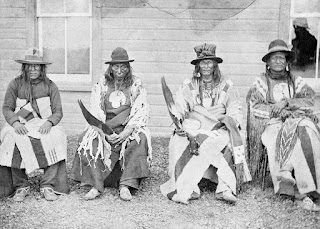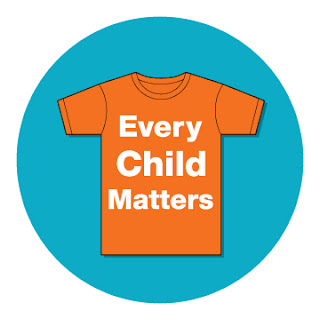An important part of healing broken relationships is building awareness about what damaged it. The month of September is back to school time for most children. Historically this marked the time of year where First Nations children were forcibly taken from their families and enrolled in boarding schools called Indian Residential Schools. The children were forcibly removed from their homes, often taken long distances away from their family and community for months or years at a time. The schools were designed to assimilate the children into western culture. They were not allowed to practice their culture, or speak their language at school. The children were often treated poorly. They were often subjected to mistreatments such as lack of proper nutrition and health care or worse. The goal - assimilation. Take the ‘Indian out of the child’ or as John A Macdonald said “get rid of the Indian problem.” The last federally operated residential school closed in 1996....
Posts
Showing posts from September, 2020
- Get link
- X
- Other Apps

Signing of Treaty 7, Sept 22, 1877 Photo: Niisitapiikwan Signatories to Treaty 7. Left to right: Three Bulls (Siksiká), Sitting Behind Eagle Tail (Piikani), Crowfoot (Siksiká), Red Crow (Kainai). Courtesy the Glenbow Museum, NA-4035-159. 𝐒𝐞𝐩𝐭𝐞𝐦𝐛𝐞𝐫 𝟐𝟐, 𝟏𝟖𝟕𝟕 - 𝐒𝐢𝐠𝐧𝐢𝐧𝐠 𝐨𝐟 𝐓𝐫𝐞𝐚𝐭𝐲 𝟕 𝐚𝐭 𝐁𝐥𝐚𝐜𝐤𝐟𝐨𝐨𝐭 𝐂𝐫𝐨𝐬𝐬𝐢𝐧𝐠 143 years ago at Blackfoot Crossing. Treaty 7 is the last of the numbered Treaties made between the Government of Canada and the Plains First Nations. It was signed by five First Nations: the Siksika (Blackfoot), Kainai (Blood), Piikani (Peigan), Stoney-Nakoda, and Tsuut’ina (Sarcee). Questions of original intent and problems of translation have contributed to differing interpretations of the treaty’s purpose, as well as ongoing concerns about the implications of the treaty. We are all Treaty people so living on this land would ratify the Treaties and its obligation by the Federal Government in the past and the present.
